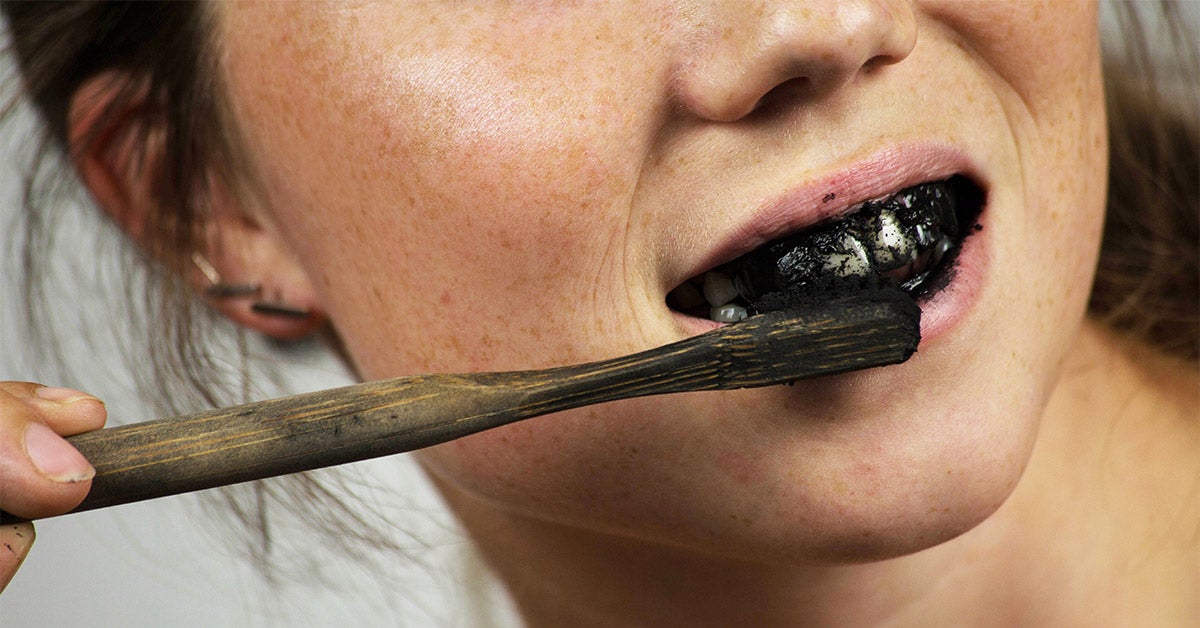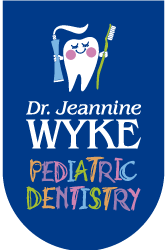Written by Sarah Snik
Your smile is one of the first things others will notice, so its no surprise that most of us want a whiter, brighter smile. At Dr. Jeannine Wyke’s office, we frequently hear parents and adolescents ask about whitening, ( thanks a lot tissue test…). Before taking a trip to the pharmacy or trying a Pinterest hack, there are many things to take into consideration to keep your smile healthy.
After your child has lost a few baby teeth and the permanent ones are taking their place, the new teeth may look darker or yellower than their neighbors. Its important to realize that the top layer, or enamel, of the baby teeth is whiter and thinner than that of adult teeth. Once more of the adult teeth are in, the contrast with the whiter baby teeth is no longer there and the adult teeth do not look so yellow.
Whitening strips are a popular and convenient way for a whiter smile, for adults. Found over the counter in any grocery store, these thin strips contain one of two kinds of peroxide and are placed on the teeth for 30-60 minutes. Due to high rate of user error and lack of evidence of safety, the American Academy of Pediatric Dentistry says that whitening strips are not safe for kids and teens under the age of 15.
Certainly, the most popular new ingredient found in so many beauty and health products is activated charcoal. Deodorants, face masks, shampoos, mouth washes and toothpastes containing charcoal can be found in any store. Activated charcoal is a carbon rich material that has been heated to a high temperature until it is incredibly porous and absorbent due to the increased surface area. It is extremely useful for water purification, gas masks and is widely used for treating drug overdoses and poisoning. Toothpastes containing charcoal claim to whiten and remove toxins from your mouth. Recently, the American Dental Association has released warnings against the use of toothpaste containing charcoal. The most prominent warning is against the abrasive properties of charcoal against enamel. Brushing with toothpaste that is very abrasive removes enamel, which can over time make the teeth thinner and look darker. Dental sensitivity to hot and cold, gum recession and increased risk of cavities can also occur with erosion. Particles of charcoal can settle in crevices and under the gums leading to other complications. Aside from all the potential side effects of using charcoal toothpaste, there has not been any scientific studies proving the effectiveness of whitening teeth. Charcoal certainly has it’s place, but that place is not in your toothpaste.
Another popular at home whitening method is to mix an acid like lemon juice, or vinegar with baking soda and brush for two minutes. Baking soda is very effective at removing plaque alone but the addition of the acid in lemon juice eats away at the tooth enamel. Have you heard of oil pulling? The idea is that you swish an oil, like coconut in your mouth it will whiten your teeth. While not harmful, there is no scientific evidence to show oil puling whitens teeth.
The best way to ensure your child has a healthy bright smile is to brush twice a day and floss daily. Remember to come in for a check up and cleaning every 6 months, and if you have any questions about your child’s dental care, ask us, Pinterest is better use for dinner and crafty projects than healthcare advice.



